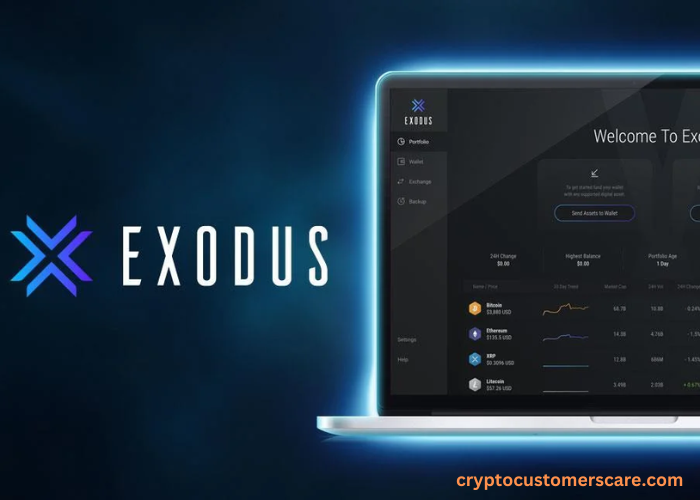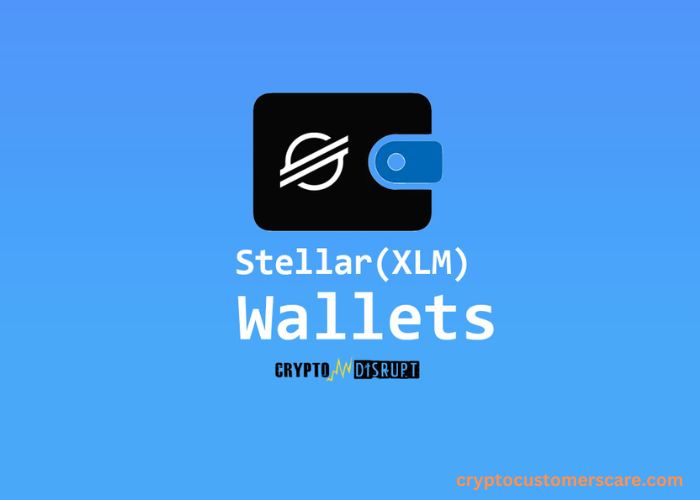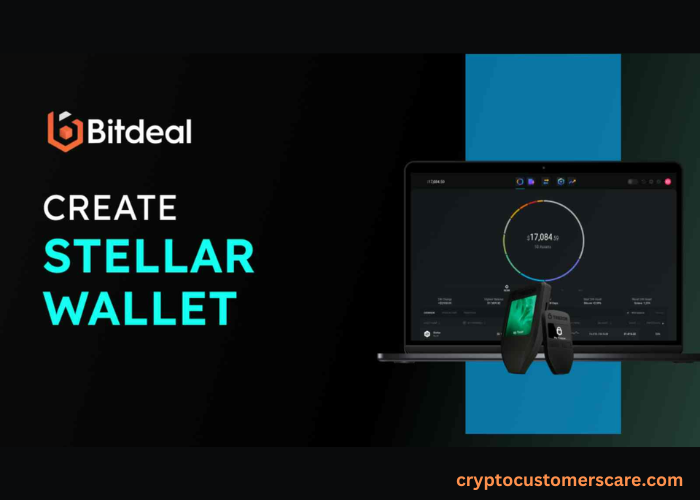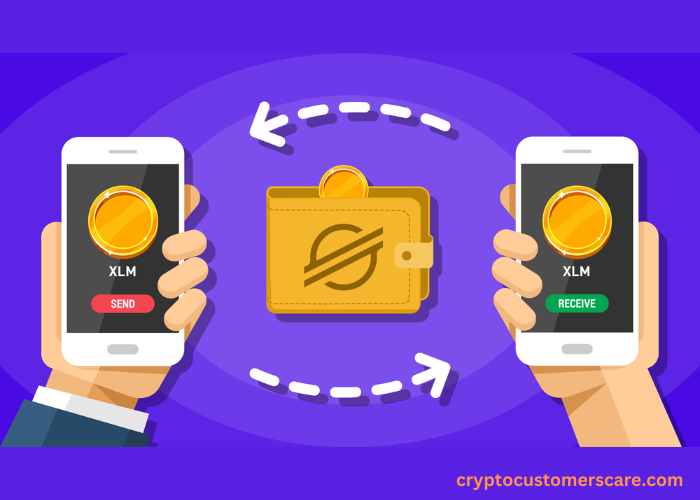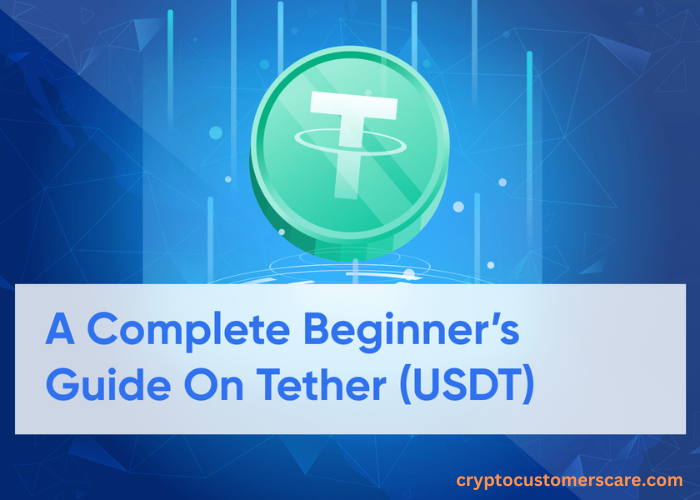The Exodus Wallet is a popular cryptocurrency wallet that allows users to securely store, manage, and exchange various cryptocurrencies in one place. With its user-friendly interface and robust features, it has gained a significant following in the crypto community. One of the essential aspects of using the Exodus Wallet is understanding and navigating the fee settings.
Understanding the Importance of Fee Settings in the Exodus Wallet
Fee settings play a crucial role in the Exodus Wallet as they determine the speed and cost of your cryptocurrency transactions. When you send or receive cryptocurrencies, a fee is charged to process the transaction on the blockchain network. The fee ensures that your transaction is included in a block and confirmed by the network’s miners. The higher the fee, the faster your transaction will be confirmed.
Setting the appropriate fee is essential to ensure timely and cost-effective transactions. If the fee is too low, your transaction may take longer to confirm, sometimes even hours or days. On the other hand, if the fee is too high, you may end up paying more than necessary for your transaction. Therefore, understanding the fee settings in the Exodus Wallet is crucial for every user.
Types of Fees in the Exodus Wallet
In the Exodus Wallet, there are mainly two types of fees: network fees and exchange fees. Network fees are the charges imposed by the blockchain network for processing transactions. These fees vary depending on the congestion of the network, with busier networks requiring higher fees for faster confirmation. Exchange fees, on the other hand, are the charges imposed by the Exodus Wallet for converting one cryptocurrency to another within the wallet.
It’s important to note that network fees are variable and can change depending on the network conditions. Exodus Wallet provides users with an option to choose between three fee levels: low, medium, and high. The low fee level is suitable for non-urgent transactions, while the high fee level is recommended for time-sensitive transactions. The medium fee level strikes a balance between speed and cost.
Factors To Consider When Setting Your Exodus Wallet Fees
When setting your fees in the Exodus Wallet, several factors should be considered to ensure optimal transaction processing. Firstly, the urgency of your transaction plays a significant role. If you need the transaction to be confirmed quickly, it’s advisable to choose a higher fee level. Conversely, if time is not a constraint, opting for a lower fee level can save you money.
Secondly, the current network conditions should be taken into account. If the blockchain network is congested, it’s recommended to select a higher fee level to ensure your transaction is included in the next block. Conversely, during periods of low network activity, opting for a lower fee level can suffice. Keeping an eye on network congestion can help you make informed decisions when setting your fees.
Lastly, the size of your transaction also affects the fees. Larger transactions require more computational power and resources to process, resulting in higher fees. Conversely, smaller transactions usually incur lower fees. Therefore, it’s advisable to consider the size of your transaction when deciding on the fee level in the Exodus Wallet.
How To Navigate the Fee Settings in the Exodus Wallet
Navigating the fee settings in the Exodus Wallet is a straightforward process. To access the fee settings, open the Exodus Wallet application on your device and navigate to the settings menu. Within the settings menu, you will find an option for fee preferences. Click on this option to view and adjust your fee settings.
In the fee preferences menu, you will be presented with three fee levels: low, medium, and high. By default, the Exodus Wallet sets the fee level to medium, which is a balanced option for most users. However, if you want to adjust the fee level, simply click on the desired level, and the changes will be applied instantly.
Additionally, the Exodus Wallet provides a custom fee option for advanced users who want more control over their transaction fees. By selecting the custom fee option, you can manually enter the desired fee amount in satoshis per byte. This option is recommended for experienced users who are familiar with the fee structures of the blockchain networks.
Tips for Optimizing Your Fee Settings in the Exodus Wallet
Optimizing your fee settings in the Exodus Wallet can help you save on transaction costs and ensure timely confirmations. Here are some tips to consider:
- Stay informed about network congestion: Keep track of the blockchain network’s congestion levels to make informed decisions about your fee settings. Websites and forums dedicated to monitoring network congestion can provide valuable insights.
- Consider the urgency of your transaction: If your transaction is time-sensitive, opt for a higher fee level to ensure faster confirmation. For non-urgent transactions, a lower fee level can be sufficient.
- Experiment with different fee levels: Test different fee levels to find the optimal balance between cost and speed. By observing the confirmation times and fees associated with each level, you can determine the most suitable option for your needs.
- Utilize the custom fee option: Advanced users can take advantage of the custom fee option to manually set the desired fee amount. This option provides greater flexibility and control over your transaction fees.
Common Issues and Troubleshooting With Fee Settings in the Exodus Wallet
While the Exodus Wallet generally provides a seamless experience when it comes to fee settings, some common issues may arise. One common issue is setting the fee too low, resulting in a delayed transaction confirmation. To troubleshoot this, you can either wait for the network congestion to subside or use a blockchain explorer to accelerate your transaction by adding a higher fee.
Another issue is setting the fee too high, resulting in unnecessary costs. To avoid this, it’s recommended to stay updated on the current network conditions and adjust your fee settings accordingly. Additionally, double-checking your fee settings before confirming a transaction can help prevent inadvertent overpayment.
If you encounter any other issues or have specific questions regarding fee settings in the Exodus Wallet, the Exodus support team is readily available to assist you. They can provide guidance and solutions to ensure a smooth experience with your fee settings.
Best Practices for Managing Fees in the Exodus Wallet
To effectively manage fees in the Exodus Wallet, consider the following best practices:
- Regularly review your fee settings: As network conditions change, it’s important to periodically review and adjust your fee settings accordingly. This ensures that your transactions are processed efficiently and cost-effectively.
- Stay up to date with network congestion: Keeping track of network congestion levels can help you make informed decisions about your fee settings. Stay informed through reliable sources and adjust your fees based on the current conditions.
- Monitor transaction confirmations: After setting your fees, monitor the confirmation times of your transactions. If you notice delays, it may be necessary to adjust your fee settings for future transactions.
- Seek community feedback: Engage with the Exodus Wallet community and forums to gather insights and best practices from experienced users. Community feedback can provide valuable tips and tricks for optimizing your fee settings.
Comparing Fee Settings in the Exodus Wallet With Other Cryptocurrency Wallets
While the Exodus Wallet offers a user-friendly interface and comprehensive fee settings, it’s essential to compare it with other cryptocurrency wallets to make an informed choice. Different wallets may have varying fee structures and options, so it’s advisable to research and compare the fee settings of multiple wallets.
Consider factors such as fee transparency, custom fee options, and user feedback when evaluating different wallets. By comparing fee settings across various wallets, you can find the one that best suits your needs and preferences.
Conclusion
Navigating the fee settings in the Exodus Wallet is a crucial aspect of managing your cryptocurrency transactions efficiently. By understanding the importance of fee settings, considering relevant factors, and optimizing your settings, you can ensure timely confirmations and cost-effective transactions.
Remember to stay informed about network conditions, experiment with different fee levels, and utilize the custom fee option when necessary. By following best practices and seeking community feedback, you can make the most out of the fee settings in the Exodus Wallet.
As you navigate the fee settings in the Exodus Wallet, always keep in mind the ultimate goal of achieving seamless and secure cryptocurrency transactions. With the right knowledge and approach, you can confidently manage your fees and make the most out of your Exodus Wallet experience.

